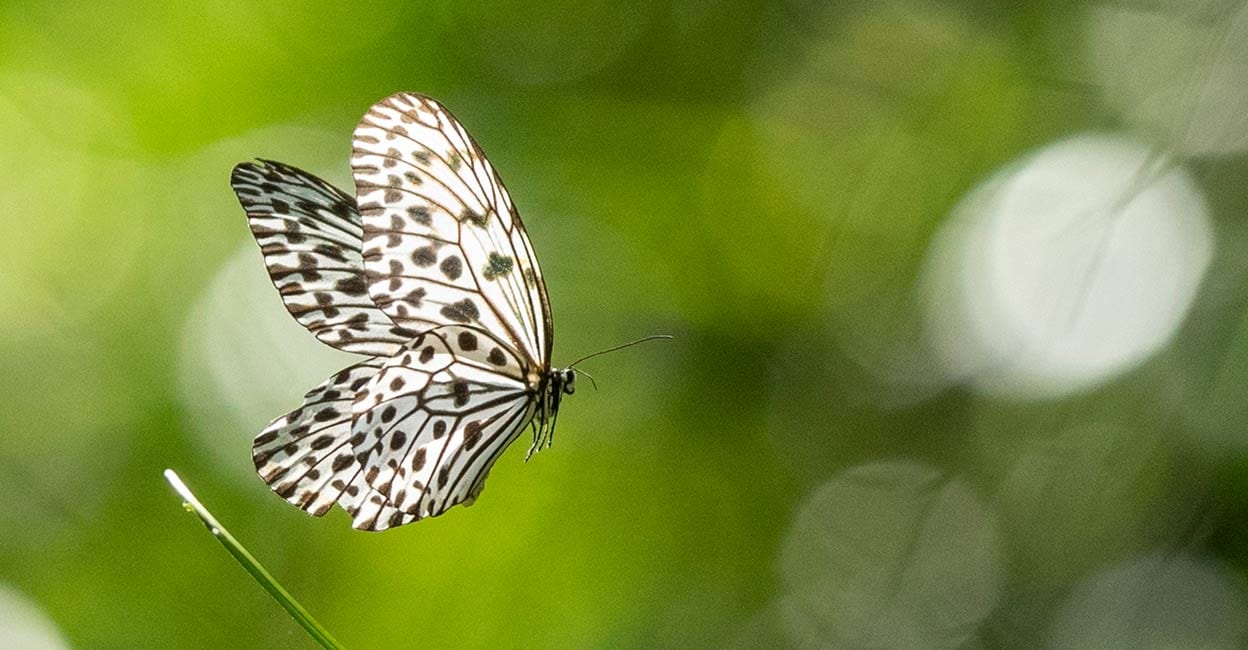Vazhachal forest surprises surveyors with faunal diversity despite heavy rains

The large number of sightings of birds, butterflies and odonates even after heavy monsoon rains is seen as the outcome of effective conservation efforts.
The large number of sightings of birds, butterflies and odonates even after heavy monsoon rains is seen as the outcome of effective conservation efforts.
The large number of sightings of birds, butterflies and odonates even after heavy monsoon rains is seen as the outcome of effective conservation efforts.
A faunal survey conducted at the Vazhachal forest division in central Kerala has thrown out findings that inspire conservationists across the state. The surveyors say the forest had kept a surprise for them with a rich diversity of species despite adverse weather. A large number of sightings of birds, butterflies and odonates even after heavy monsoon rains is seen as the outcome of effective conservation efforts.
A total of 138 species of birds, 153 species of butterflies and 58 species of odonates were observed during the four-day survey.

The survey was organised by the Travancore Nature History Society (TNHS), Thiruvananthapuram in association with Vazhachal Forest Division, Kerala Forests and Wildlife Department. Around 60 delegates and 30 forest personnel took part in the scientific exercise that covered all the major habitats and elevations of the region using 12 teams. The Vazhachal survey was carried out as part of an ongoing state-wide exercise.
Bird sightings
The Great Indian Hornbill, the state bird of Kerala, was reported to have a good population in all the low to mid-elevation camps. Endemic species like Wayanad Laughing thrush, Malabar Grey Hornbill, Legge's Hawk Eagle, Grey-headed Bulbul, Ceylon Frog-mouth, and Malabar Parakeet, were recorded. The Malabar Pied-hornbills were seen in low numbers. Lower numbers of water birds and common birds also were observed during the survey. The surveyors cited local movements as a possible reason for this.
The forests recorded a total of 153 species of butterflies even amid heavy rains. Endemics like Malabar Banded Swallowtail, Malabar Rose, Paris Peacock, Malabar Tree nymph, and Coorg Forest Hopper, were not uncommon. Species like Travancore Evening Brown, Southern Duffer, Tamil Cat’s-eye, Bicolor Ace, Unbranded Ace, and Madras Ace which feed on Ochlandra reed, a typ eof bamboo, were common. The absence of Red-disc Bushbrown has, however, puzzled the surveyors.
The delegates recorded 58 species of odonates. Interesting species like Protosticta antelopoides, Macromia ellisonii, Agriocnemis keralalensis, Indolestes gracilis, and Orthetrum triangulare were recorded from different elevations. The high numbers of generally rare species like Indosticta deccanensis, Ceriagrion rubiae, and Epithemis mariae were interesting phenomena possibly associated with the timing of monsoon rains. The higher reaches of the region recorded lower numbers of odonates. This is a normal phenomenon after the heavy monsoon showers, according to the surveyors.
“It was indeed surprising to see such a large diversity of fauna despite the heavy rains. The high number of sightings reflect the effectiveness of the conservation efforts and prevention of intrusions from outside,” Dr Kalesh Sadasivan, research associate, Travancore Nature History Society, told Onmanoama. He said a follow-up survey will be held after a few months in dry season so that a clear picture of the bio-diversity would be available.
R Lakshmi, divisional forest officer, Vazhachal, said the survey is the first step in a series of faunal surveys planned for the region to enumerate the rich faunal diversity of the forests.
The presence of tigers, leopards, elephants, dhole, and gaurs was also noted. In addition, the experts also documented around 15 species of spiders, 40 species of ants, six species of cicadas and 12 species of mantids.
Range forest officers V S Sajish, Sijo Samuel, Delto Marokey and Nithin P S and deputy range officers P A Anoop, P T Rajan and G Rajesh arranged the logistics for the survey. Besides experts from TNHS, various NGOs like BBC Bangalore, WBA Nilgiris, BSB Trichur and Green Cap Trichur participated in the event. Dr Kalesh Sadasivan, Dr Anoop Rajamony and Vinayan P Nair compiled and presented the final data.
